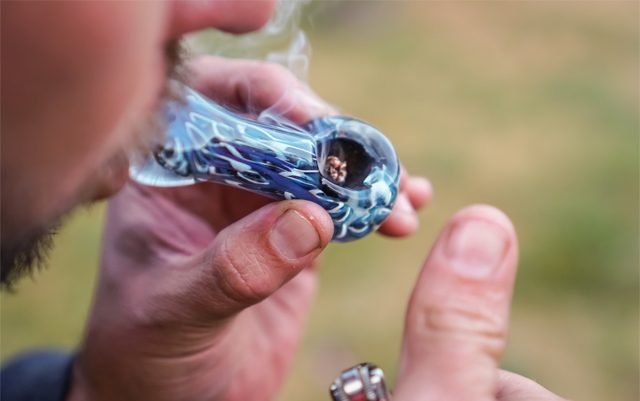The “is marijuana harmless or not” debate is one that rages in certain small sections of the Internet, mostly between prohibitionists and the straw men they have erected to attack. Just about any cannabis enthusiast will tell you that nothing is really harmless; but, compared to any other illicit substance known to man – and non-illicit ones for that matter – cannabis is relatively harmless.
No one has ever died from an overdose of marijuana. What other substance can that be said about? It will not give you a disease and it is easier to leave behind for most than any other “drug”. Some have problems with it, as with anything. But you would be hard-pressed to make the case that any substance is as safe as cannabis.
That being said, there is still much we don’t know about this amazing plant. New research is being done all the time and more is necessary. And we can’t dismiss negative things we may hear about marijuana out-of-hand. So when I see a story about marijuana use increasing the risk of a stroke, I delve into it with an open mind.
The study in question looked at the marijuana use and stroke histories of nearly 44,000 people aged 18 to 44. About 13.6% of respondents admitted to cannabis use in the last 30 days. The researchers found that those who had used marijuana in the past 10 days were 2 ½ times more likely to suffer a stroke than those who had not.
“The cannabis users were also more likely to be heavy drinkers, current cigarette users and e-cigarette users, which may have also influenced their risk, even though the researchers adjusted for those factors in their analysis,” the study authors wrote in a statement. They noted later that “[t]he study was observational and did not examine the biological mechanism connection between stroke and cannabis use, so it identified a potential link, rather than proving cause and effect.”
“Young cannabis users, especially those who use tobacco and have other risk factors for strokes, such as high blood pressure, should understand that they may be raising their risk of having a stroke at a young age,” said lead study author Tarang Parekh, M.B.B.S., M.S., a health policy researcher at George Mason University in Fairfax, Virginia. “Physicians should ask patients if they use cannabis and counsel them about its potential stroke risk as part of regular doctor visits.”
Cannabis use makes changes in your body, and even though we are aware that most of those effects are positive, we also need to be aware of any negative effects long-term so we can analyze and address them. If use does lead to increased risk of other things down the road, there are likely things that can be done to mitigate that risk.
The bottom line is that we want to know everything possible about the cannabis plant and how it interacts with our bodies. That’s how we will be able to get the maximum amount of medical potential and benefit from it.







Controlling for blood pressure, glucose, and possibly cholesterol might introduce a form of confounding. As noted, the group of cannabis users was found to manifest a decreased risk for vascular event with respect to these parameters. Based on this, their calculated risk for stroke would be less than average. It follows that with an average rate of events they would be considered to demonstrating a relative increase of risk attributed to cannabis use.
However, why should cannabis users be so unique with regard to blood pressure, glucose and cholesterol levels? Possibly due to the use of cannabis? Thus, it would be interesting to calculate their risk based on the assumption of the average levels of blood pressure, glucose and cholesterol levels that could have been expected to have if they would nut be using cannabis.
One might object that such data suggest in any case, that in the presence of the recorded level of risk factor the use of cannabis offsets the benefit of their reduction. However, with respect to this consideration one should keep in mind that the factors do not figure so prominently in “cryptogenic strokes” which characterize the age group being discussed.